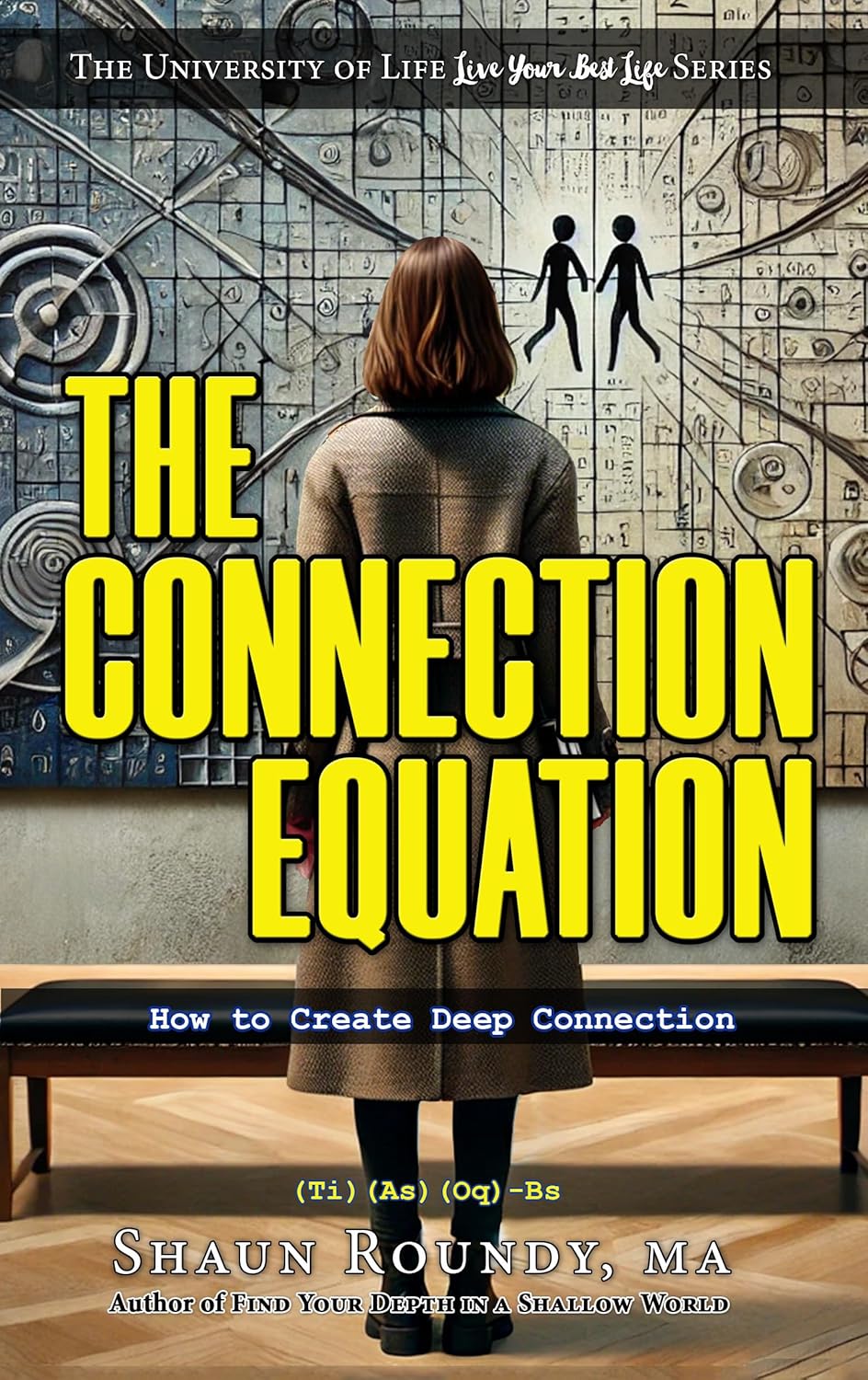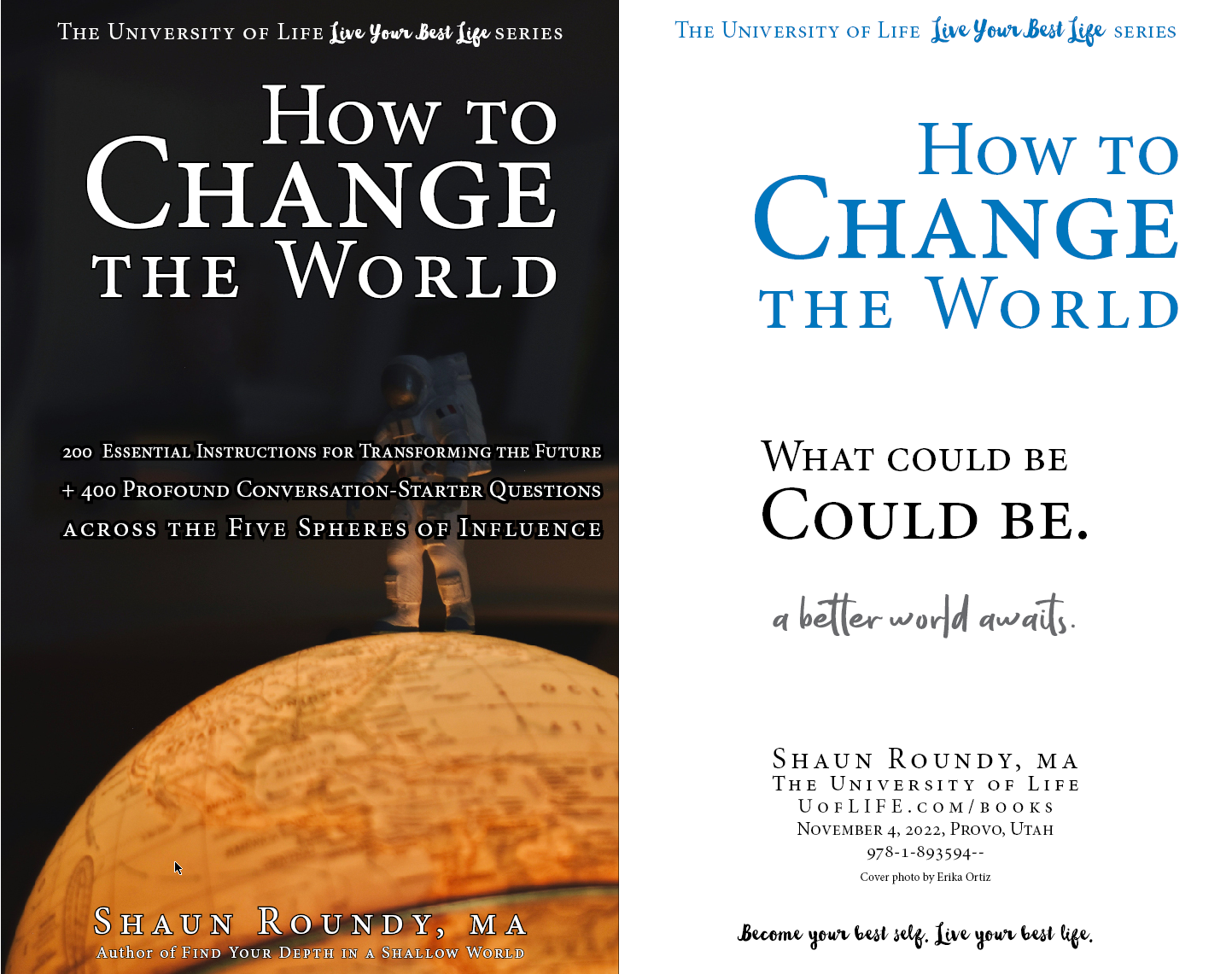
Everyone knows that “love is the answer,” but nobody seems to get quite enough of it. That’s because – until now – we’ve done a terribly poor job of teaching exactly how to love and be loved. We say, “Be kind. Be patient. You’ll know it when you feel it,” and leave it at that.
That changes now with this University of Life tutorial on how to love and be loved. We’re developing dozens of lessons that we’ll post more from time to time, so check back and share these with your friends so they can get in on the love revolution!
2 Types of Love
The word “love” has such a broad definition that it’s practically useless. We use the same word to express our enjoyment of chocolate ice cream as to describe our most intimate relationships. Really all forms of “love” fall into two categories:
- “Craving” love focuses on receiving and enjoying. This includes food, activities, lust, and romantic love.
- “Mature” love focuses on enjoying someone else’s enjoyment.
Craving loves are very enjoyable, but without mature love added to them, they are only temporary. They end as soon as physical or emotional needs get satisfied. Craving happens automatically and doesn’t need to be taught, so we’ll focus primarily on the second type of love.
[Read additional quotes about love from our quotes database.]
How to Love
The first secret for learning to love and be loved more is to understand what love does and then do that. Merely knowing what to look for will make opportunities appear right before your eyes that you never noticed before.
Love Step 1: Desire Well Being
The very first thing love does – which motivates everything else it does – is to desire the well being of the cathexis (which means the loved individual, the beloved, or object of love). Because it derives satisfaction and purpose from that well being, it is willing to work, sacrifice, and even suffer for it.
Assignment: why not give it a try right now?! Look around and pick someone to love (it can be anyone!) and let yourself desire their well being. Notice how marvelous it feels to let love bloom inside you that way!
Love Step 2: Clarity
Because love cares about the cathexis, it sees it clearly for what it really is. In other words, it looks deep into the individual’s core and sees its true nature, which is always the best in them, and which is the only permanent part of identity.
“Being seen” with such clarity is an important human need and the mere experience of being seen is a powerfully nurturing acknowledgment and motivation to allow that best nature to evolve and grow stronger.
Assignment: next time you see someone you care about, give this a try! Simply look at them and observe any of their best qualities. Notice how good it makes you feel! Notice, if you can, how good it makes them feel, and how it nurtures those traits.
Love Step 3: Cherish
The lover enjoys the cathexis. The beloved need not “earn” love. It is simply valued and cherished for its unchangeable inherent nature. This explains why the lover’s face lights up and heart warms by simply seeing the beloved enter a room, hearing their voice on the other end of a phone line, or seeing their name appear in their social media or email inbox.
Love Step 4: Acceptance
Love doesn’t bother judging (or at least not ruminating on flaws) because focusing on negatives can be discouraging doesn’t serve the well being of the cathexis. Instead, it accepts perfectly. It says, “Well, here we are.” It continues desiring the well being regardless of any flaws or shortcomings.
Assignment: next time you interact with someone you care about (or someone you’d like to care about more – which should be everyone), give them the benefit of the doubt and don’t make a big deal about their weaknesses.
Love Step 5: Growth
Yet love is not content to let the cathexis remain flawed because that does not ensure long-term well being. Instead, it believes in the beloved’s potential and encourages progress toward it.
Assignment: encouraging growth can be more difficult than some of the other steps because it can lead you to focus on negatives. Notice, however, that applying the other steps are some of the best ways to encourage growth and no negative focus is necessary.
Of course if overlooking flaws is dangerous, harmful, or enabling, you shouldn’t necessarily turn a blind eye. Luckily, love provides the courage to speak up and confront issues without endangering the perfect acceptance that creates safety and smooths any conflict.
Love Step 6: Joy
Everyone knows how nice it feels to be loved, but being loving feels even better! It’s not always as dramatic as the pleasure of cravings, but it’s a deeper joy that lasts far, far longer, because unlike cravings, it can’t be satisfied. It doesn’t end the moment you eat too much cake nor does it end with an ice cream headache.
Assignment: TRY to love someone too much! Try to desire their well being TOO much. Don’t annoy them (if it’s not good for them, then love wouldn’t do that, would it?). If you’re doing it right, you’ll find it practically impossible.
Love Step 7: Love Yourself
This step should actually come FIRST! By loving yourself completely, you become able to love others. We place it here because the way to love yourself is to do the very same things toward yourself as you would to others. Be your own best friend. Be your own beloved.
“If you don’t love yourself, no other love can save you.” – Shaun Roundy
Assignment: “Love yourself. Celebrate everything about you. No excuses necessary!” – Shaun Roundy
Love Step 8: Overcome Myths
People erroneously believe that love is a limited resource. They believe that love is a burden. They believe that they are not lovable. These and other illusions prevent them from loving more, but now that you know many love steps, you can practice them – on anyone! – any time you want, and learn the truth about love instead.
Especially when it comes to loving yourself, it’s important to understand the many myths that get in the way. For example, people assume that feeling good about yourself means that you have an ego, pride, vanity; that you’re selfish and narcissistic. These things are actually the OPPOSITE of love. They are all based on the fear that love is scarce and they have to fight to feel good about yourself. If you truly loved yourself, such fears would evaporate.
Love Step 9: Miracles
“Miracles” aren’t really a love step, but a result of love, which is worth mentioning here anyway.
“Where there is great love, there are always miracles.” – Willa Cather
“Love, like a river, will cut a new path whenever it meets an obstacle.” – Crystal Middlemas
We have a dozen or more additional love steps that we’ll add as we go along. It connects, unifies, expands, creates hope, courage, and confidence. It glows, attracts, endures, humbles, heals all wounds, and more. Stay tuned!








